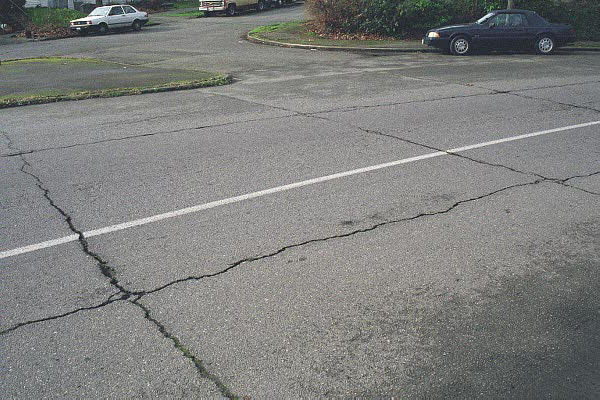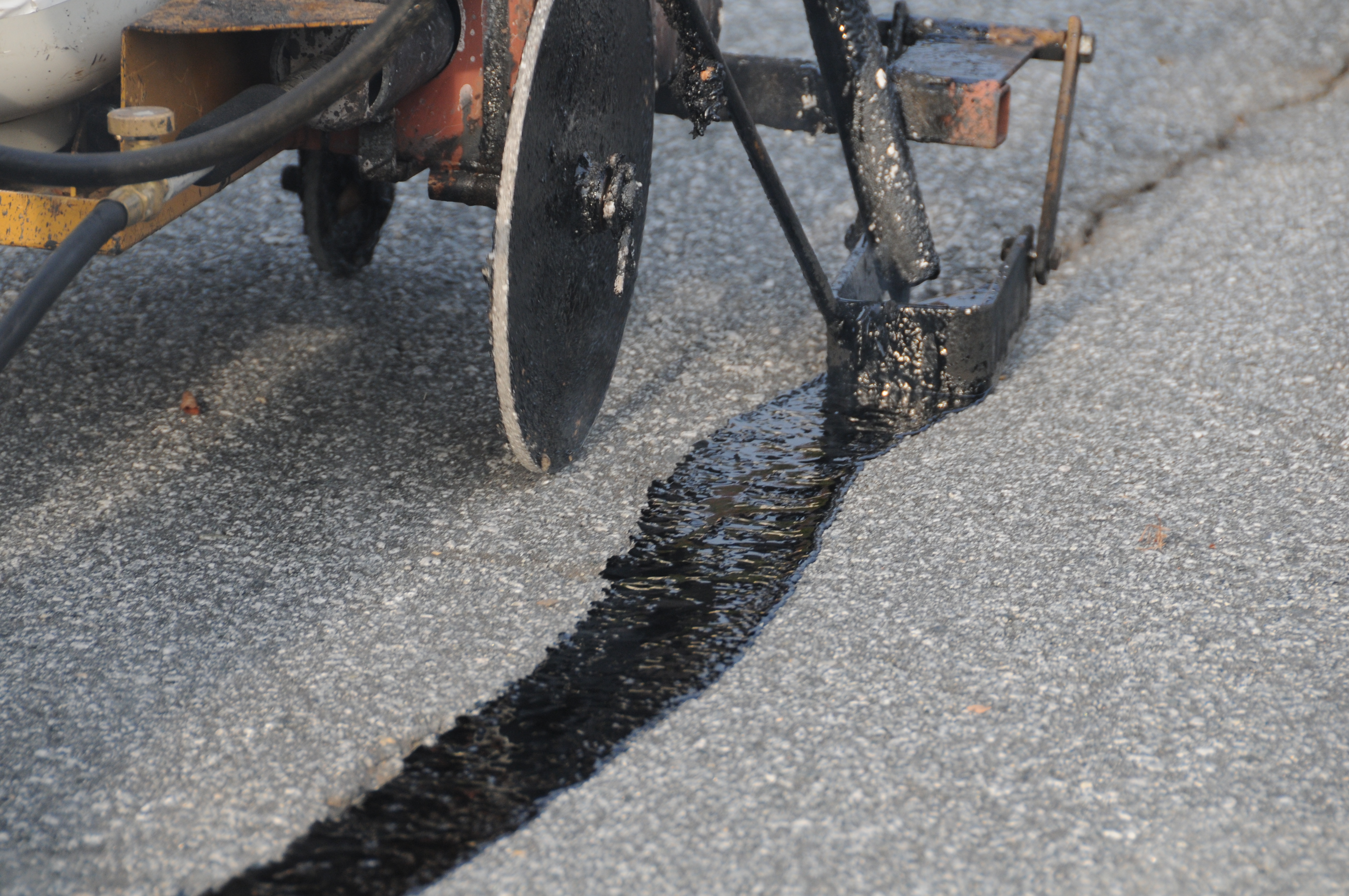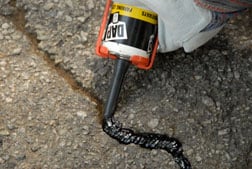Well, it's basically a tool developed by the guys at Redmond that brings together under the same program a relational database management system, a comfortable user interface, and different software development tools. Ms office access download free. To talk about its origin we have to go back to the mid-80s' when Microsoft was working on Project Omega with the intention to launch their first database product. A very useful three-in-one tool for those people that work with databases on a daily basis.The simplest of tools to work with relational databases.What's the background of this program? But, what is Microsoft Access really all about? The project didn't work out too well, being quite sluggish and ended up leading to the new Project Cirrus that start using the program's current language, Microsoft Jet Database Engine, until the first official version of Access was launched in 1992, a software that has gradually evolved to become what it is nowadays thanks to Microsoft Access 2016.

- How To Fix Pavement Cracks In Car
- How To Fix Cracks In Pavement
- How To Fix Blacktop Cracks
- How To Fix Pavement Cracks In Concrete
How To Fix Pavement Cracks In Car
To seal cracks and repair an asphalt driveway: Kill and remove any weeds. Use a screwdriver to groove out the crack. Blow or sweep out any loose debris. Fill the crack with one or more coats of asphalt crack filler. Use asphalt patch material to fill larger holes. Apply asphalt sealer to the entire driveway. STEP 2: Prepare the cracked area for patching. First, use a small hammer and chisel in combination to knock away any cracked, crumbling, or loose concrete. Chip to a depth of about one inch below. Two things: commit to yearly pavement inspection and maintenance to fix minor cracks and problems before they turn into bigger problems. Crack filling and sealcoating is the best way to prevent more cracks from forming in pavement. Second, be diligent about inspecting your pavement so you find small cracks before they turn into bigger ones.
Problems with flash player and windows10. Wide cracks in concrete are best patched and sealed with a concrete patching compound. Smaller cracks, less than 1/4 inch wide, can be repaired with a concrete caulk or liquid filler. Patching compounds typically are mixed with water and applied with a trowel. They have a texture similar to grout and can be smoothed and textured to blend with the surrounding area. However, the color of the patch will look like new concrete and will not match the old concrete. Hiding the patch completely requires painting the surface with an appropriate concrete paint.
How to Repair Wide Concrete Cracks
The secret to fixing wide concrete cracks is to undercut the sides of the crack to give it an inverted 'V' shape. This helps the repair material to 'key' into the crack, creating a mechanical bond in addition to the chemical bond between the patch material and the concrete.

- Chisel the crack with a hammer and masonry chisel to widen the base of the crack and to dislodge any loose material from the old concrete.
- Remove all debris from the crack, using a wire brush. If desired, clean the crack with a pressure washer or a garden hose and spray nozzle.
- Remove all water and debris from the crack with a wet/dry shop vacuum or a brush. Work carefully to remove all dust and grit from the crack. It's OK if the surfaces are wet, but there should be no pools of water.
- Mix the concrete patching compound, following the manufacturer's directions.
How To Fix Cracks In Pavement
- Trowel the compound into the crack. Stab the trowel into the compound to remove air pockets and help work the patching material deep into the crack. Fill the crack up to the surrounding concrete surface.
- Smooth the surface of the patch with the trowel, feathering the compound into the surrounding concrete.
- Brush the surface of the patching compound with a dry paintbrush to texture the surface, if desired.
- Let the compound cure as directed.
- Paint or seal the surface of the patch and surrounding area, if desired.
How to Repair Narrow Concrete Cracks

How To Fix Blacktop Cracks
Narrow concrete cracks can be filled using masonry crack elastomeric filler that can be applied with a caulking gun. Alternatively, many products come in bottles with an applicator tip. Very small cracks, such as hairline cracks, can be repaired using a vinyl concrete patching compound applied over the crack and then smoothed with a putty knife or trowel. For hairline cracks, applying repair caulk or crack filler over the cracks usually is not effective, as the caulk tends to peel off of the surface over time.
How To Fix Pavement Cracks In Concrete
Narrow cracks can be deep, often extending through the entire thickness of the concrete slab. Therefore, it's a good idea to start the repair by stuffing foam backer rod into the crack to create a base to hold the repair material. Backer rod is solid in a variety of sizes; use a rod diameter that is slightly larger than the width of the crack. Stuff the backer rod into the crack with a screwdriver to a depth of 1/4 inch. Fill the crack with the repair material, following the manufacturer's directions.